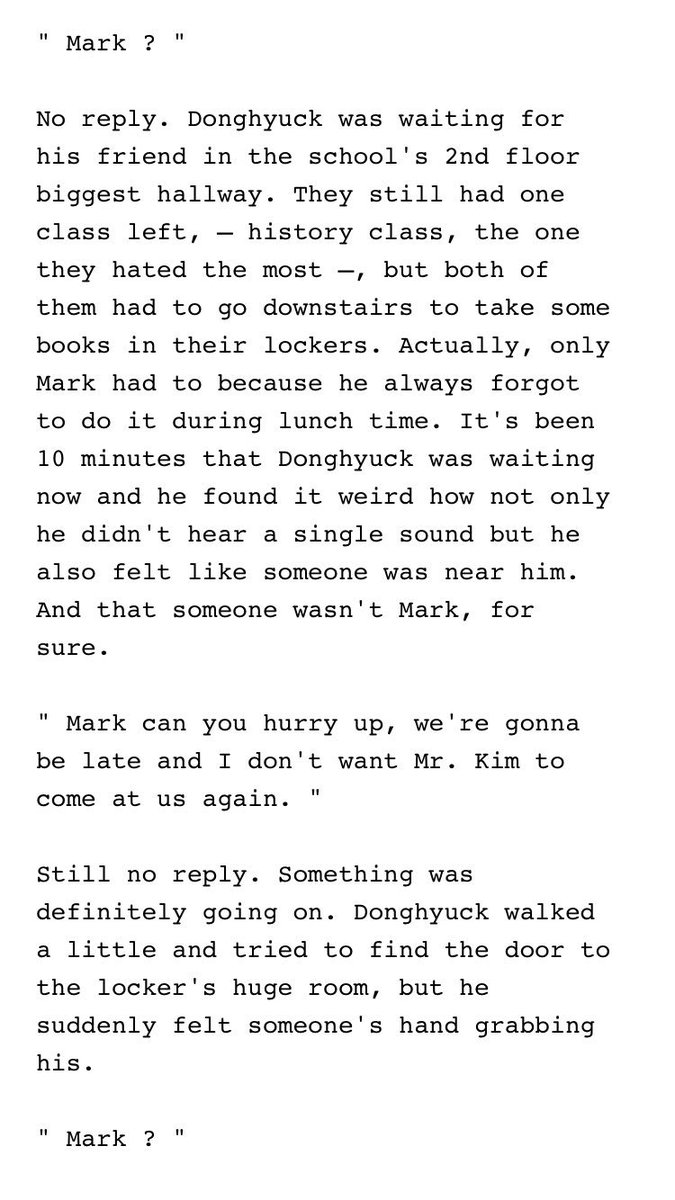Week 2
#WeekendReading #LearningTogether
option has high volatility does
not mean that it is a good option
to sell. And just because an
option has low volatility, it
does not mean that it is a poor
option to sell.
to gamble, buying options is a losing proposition.
option, one collects that premium, but
one now holds the open position with
potential liability. For this reason, the
seller of a put or call is required to put
up some collateral to hold the position...
simply a “deposit” made with funds
from one’s trading account and is
known as margin.
that he must understand is the fact that the margin requirement for
the trade is changing and being readjusted constantly, literally on a
daily basis.
Portfolio Analysis of Risk (SPAN).
and is based on the time value left on the option, the amount by
which the option is in or out of the money, and the volatility of the
underlying contract.
insurance company. Buyers of car insurance pay insurance premiums
to an insurance company to insure their vehicles. They pay these
premiums month after month...
accident, and the insurance company keeps the premiums as profit. . If
a driver does happen to have an accident, the insurance company
must pay up.
price movements are caused by the underlying base fundamentals of
a particular commodity. And while technical indicators may reflect
these fundamentals, they do not determine the ultimate direction of
the market.
1. Select markets with very clear long-term bearish or bullish
fundamentals. While it is preferable that the market also will
be in a long-term trend reflecting these fundamentals...
not absolutely necessary to be a successful option seller.
2. Sell options with two to six months of time value in favor of
these fundamentals at distant strike prices.
3. Set a risk parameter on each option that you sell and sit back
and wait.
commercials often do hold long option positions, but this is often part
of a larger combination of option and/or futures positions or some
sort of hedging situation.
than it is if your strikes are considerably farther away from where the
market is trading.
being equal, an option will show its maximum time deterioration
within the last 30 days of its working life.
doesn't have to move in the direction that most favors the trader. It can
move sideways or even against the trader for a while, & the option
can still expire worthless if the market doesn't reach her strike...
trader only has to pick where it won’t go, not where it’s going.
high and often make them extremely overpriced. This can be a very
lucrative time for option sellers. The downside is that the market will
remain vulnerable to additional volatile moves in either direction.
ber of open contracts in puts versus calls or vice versa, there is a good
chance that the public is favoring one side of the market. Agood rule of
thumb—if given the choice—is to fade the public.
dollar move in the underlying contract. The delta will give you a good idea of how far the
option price will move in relation to the underlying market.
low deltas when you are selling. They will have the lowest chance of
ever going in the money.








